Your vital organs—screened
Scan your body for potential cancer and 500+ conditions in up to 13 organs.




Our scan is designed to















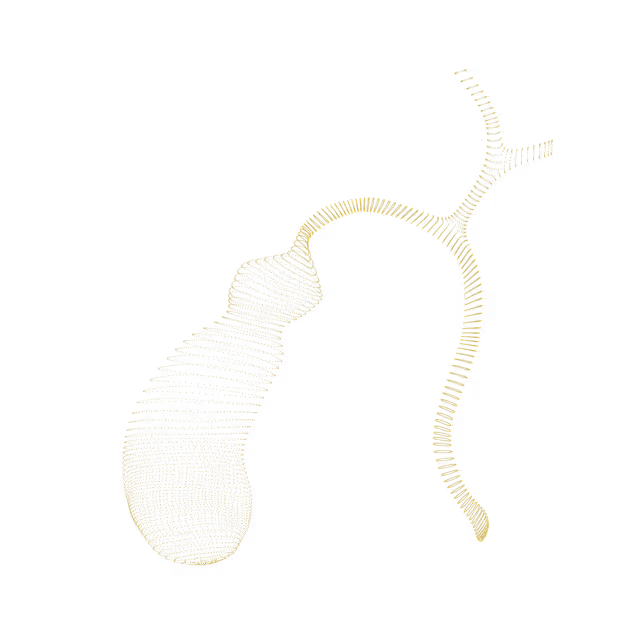
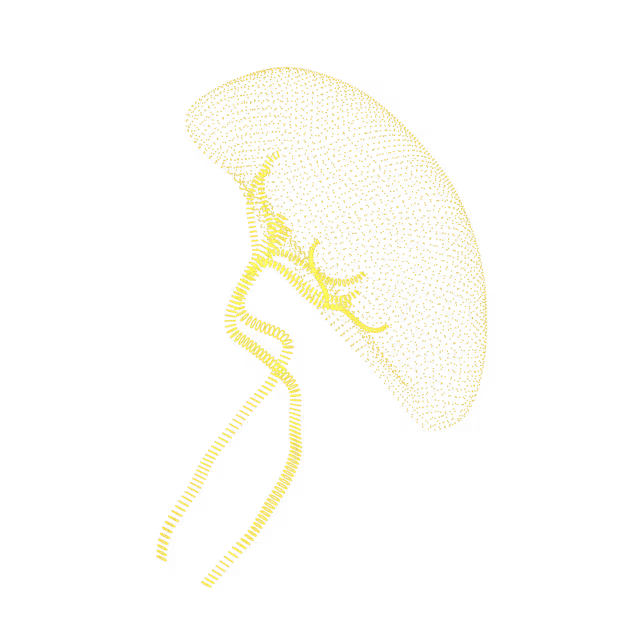

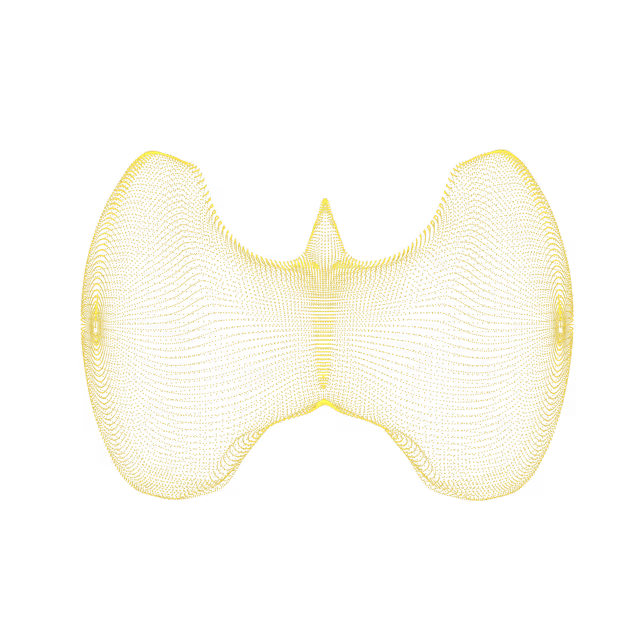

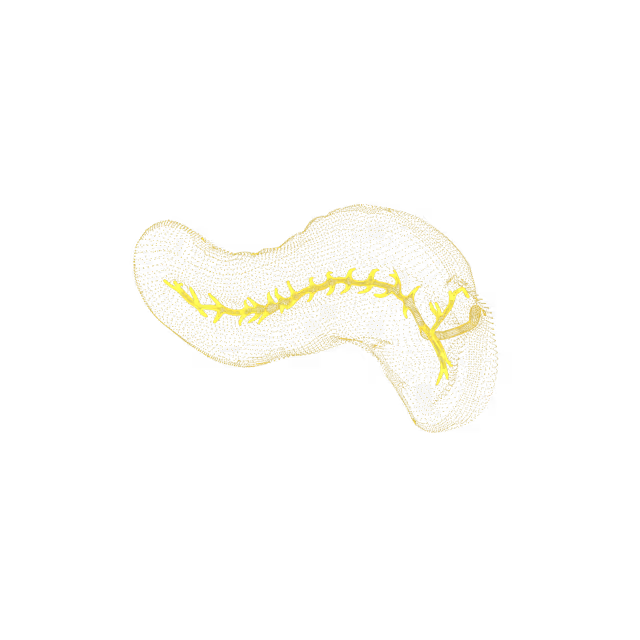
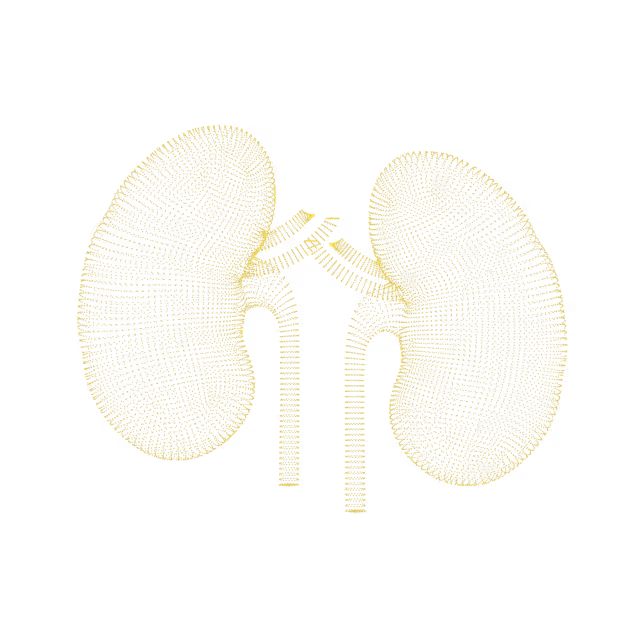
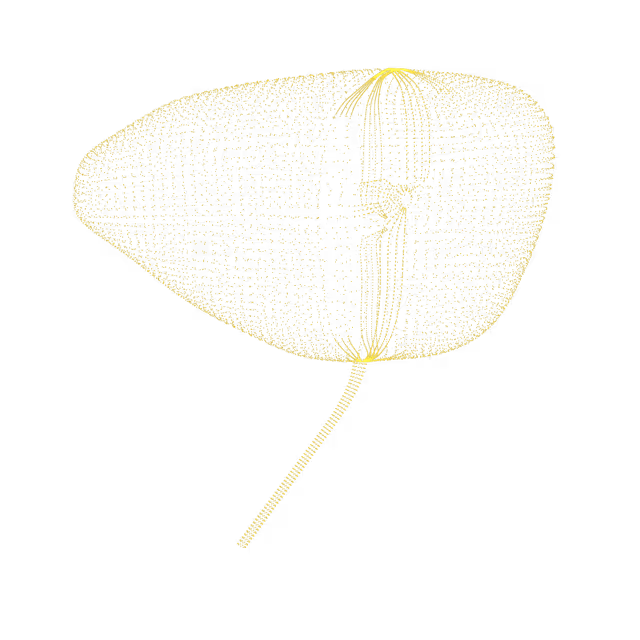
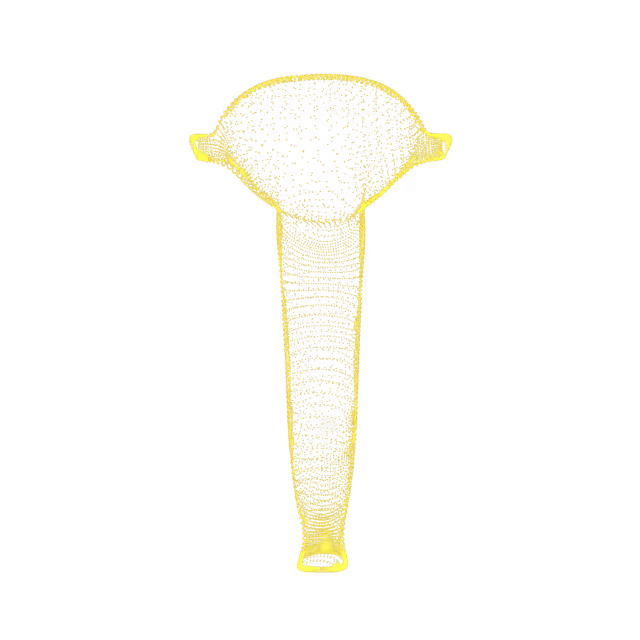
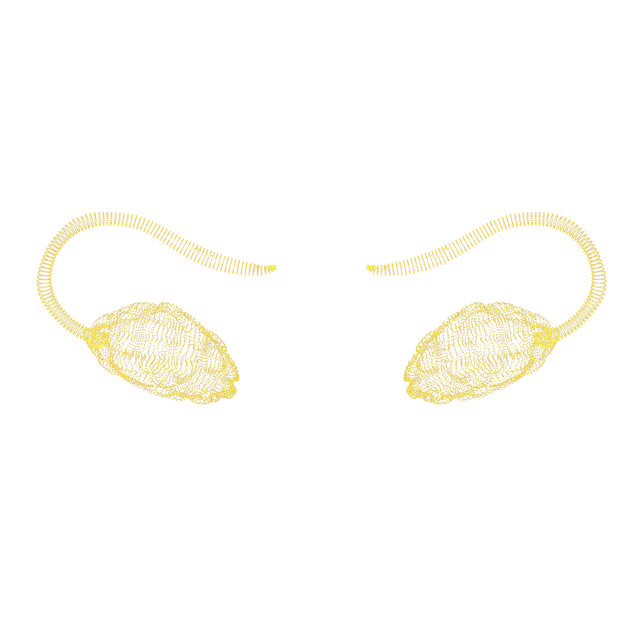
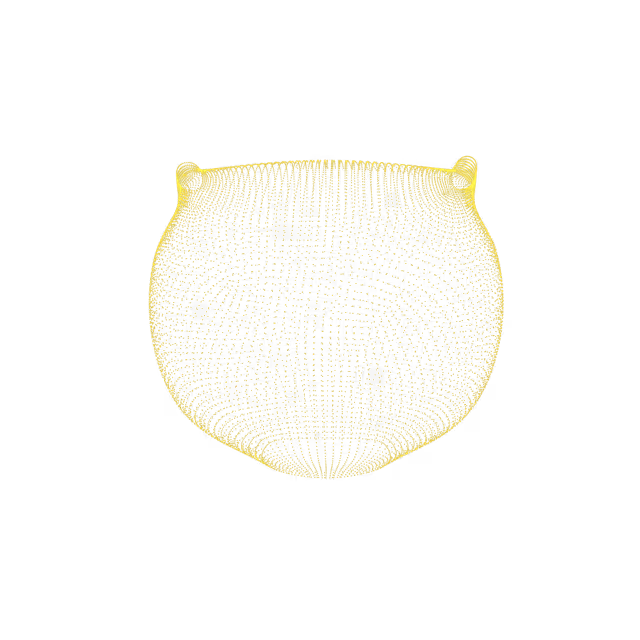

The adnexal region encompassess the ovaries and fallopian tubes. Women have two ovaries - each about the size and shape of an almond - on each side of the uterus. A lesion is an abnormal finding. Full assessment of adnexal lesions requires physical examination, laboratory tests and focused imaging.
Pelvic floor dysfunction is the inability to control the muscles of the pelvic floor. These muscles support the organs in the pelvis, and some form a sling around the rectum and vagina. Contracting and relaxing these muscles allows an individual to control bowel movements, urination, and, for women particularly, sexual intercourse. Pelvic floor dysfunction forces muscles to contract (tighten) rather than relax. Because of this, a person can have difficulty in clearing a bowel movement, have an incomplete bowel movement, a frequent need to urinate or may leak urine or stool.
PCOS is a hormonal condition that causes women of reproductive age to have irregular periods, increased weight, symptoms of hyperandrogenism (acne, facial hair, male-pattern hair loss) and difficulty getting pregnant. 5-8% of women have PCOS. The cause of PCOS is unclear; however, the mechanism is thought to be overproduction of testosterone by the ovaries.
Complex ovarian cysts can have internal walls (septations) and/or thickened walls, solid components (nodularity), multiple fluid-filled areas or debris containing fluid. The primary clinical concern is accurately distinguishing simple cysts from complex cysts that are associated with an increased risk of malignancy (cancer).
Dermoid cysts (also known as dermoid tumors or teratomas) can contain tissue, such as hair, skin or teeth, because they form from embryonic cells. They are rarely cancerous and are the most common ovarian tumor in women in their 20s and 30s. Uncomplicated ovarian dermoid cysts are usually asymptomatic. If they become large, it can cause ovarian torsion (painful twisting of the ovary) and even stop blood flow to the ovary.
An ovarian endometrioma is a non-cancerous cystic mass within the ovary. It contains thick, brown, tar-like fluid (old blood) which may be referred to as a "chocolate cyst." The exact cause of the cyst is unknown and affects approximately 5–10% of women of reproductive age in the United States. Symptoms include chronic pelvic pain, dysmenorrhea (menstrual pain), dyspareunia (pain with sexual intercourse) and/or infertility. The goals of endometrioma treatment are to relieve symptoms, prevent complications related to the ovarian mass (i.e. rupture or torsion), exclude malignancy, improve subfertility (delay in conceiving), and preserve ovarian function.
Simple ovarian cysts are fluid-filled sacs or pockets inside an ovary or on its surface. Many women have this type of ovarian cyst at some time in their lifetime. Simple ovarian cysts usually do not cause symptoms, but sometimes can cause pain, unexplained abdominal symptoms, and/or changes in your menses and menstrual cycle.
Endometriosis (also known as an endometrial implant) is when cells similar to those lining the uterus grow outside the uterus. It is unclear what causes this condition to happen. While endometriosis is a common and non-cancerous process, the presence of endometrial tissue outside the uterus and its resultant inflammation can cause women to have pelvic pain that is related to their menstrual cycle, pain during intercourse, pain with urination or difficulty getting pregnant.
Endometrial polyps are benign (non-cancerous) nodular protrusions of the endometrial surface (lining of the uterus). They can often be suggested on ultrasound or MRI studies, but may require sonohysterography or direct visualization for confirmation. Most polyps do not cause symptoms, although they can be a common cause of post-menopausal bleeding (accounting for approximately 30% of cases). In pre-menopausal women, they may cause intermenstrual bleeding and infertility. If symptomatic, polyps may be treated with a polypectomy (procedure to remove a polyp).
Uterine fibroids (also called uterine leiomyomas or myomas) are abnormal growths in the muscle of the uterus. The cause of uterine fibroids is unclear, but hormones (estrogen and progesterone), family history, and pregnancy can play a role. Fibroids are generally harmless, but can cause abdominal pain, heavy or irregular menses or infertility. They usually become smaller and less symptomatic with menopause.


© 2025 Ezra